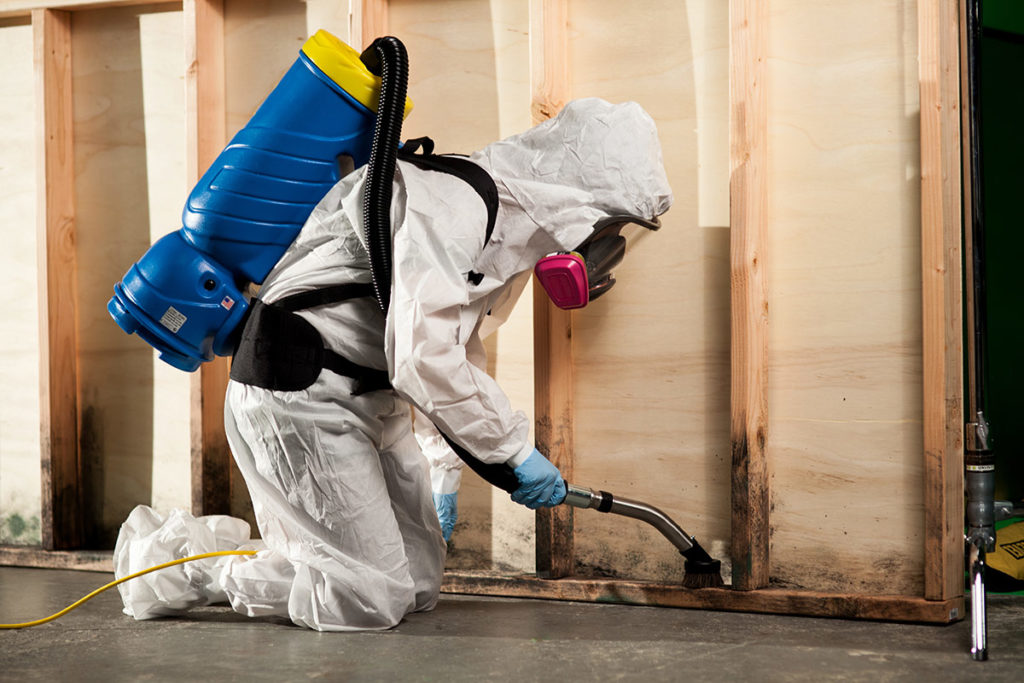The Impact of Delayed Water Restoration on Your Home’s Health
Water damage is one of the most common and destructive issues a homeowner may face. Whether caused by a leaky...

Water damage is one of the most common and destructive issues a homeowner may face. Whether caused by a leaky roof, burst pipes, or a flood, delayed water restoration can have severe effects on your home’s structural integrity and the health of its inhabitants. In this blog, let’s discuss the importance of timely water restoration and the potential long-term impacts of postponing this essential task.
The Importance of Water Restoration
Water damage not only affects the surface areas of a home. It can seep into walls, flooring, and even the foundation, causing irreparable damage if not addressed quickly. Water restoration involves the process of cleaning, drying, and repairing affected areas to return the property to its original condition. Without prompt water restoration, a home may experience more significant damage, leading to costly repairs and long-term health hazards.
The key risks of delayed water restoration include:
- Increased Structural Damage: Water can weaken the home’s structure, including framing, drywall, and flooring, leading to potential safety hazards.
- Mold Growth: Water left untreated can promote mold and mildew growth, which can spread throughout the home and cause health problems.
- Health Issues: Delayed water restoration can result in poor indoor air quality, triggering allergies, respiratory issues, and other health problems.
Health Risks of Delayed Water Restoration
Delaying water restoration can lead to serious health risks. The stagnant water promotes the growth of mold, bacteria, and other pathogens, which can severely affect indoor air quality and cause respiratory problems, allergies, and infections.
Mold and Mildew Growth
One of the most immediate dangers of delayed water restoration is mold and mildew growth. Mold thrives in damp, dark environments, and water damage provides the perfect breeding ground. If water is not removed and the area is not dried within 48 hours, mold can begin to grow, potentially spreading throughout the house. Mold exposure can lead to various health problems, especially for those with respiratory conditions or weakened immune systems. In Bloomingdale, NJ, where humidity can be high, mold growth is even more common, making prompt restoration efforts essential.
Structural Damage and Safety Hazards
Water can weaken the structural components of a home, including wood framing, drywall, and flooring. When water seeps into these materials over time, it can cause them to warp, rot, and become unstable. This could compromise the safety of the home, leading to dangerous conditions, such as collapsing ceilings or floors. The longer the delay in water restoration, the higher the risk of such damage occurring.
Poor Indoor Air Quality
Water damage can also contribute to poor indoor air quality. When water seeps into walls, floors, or insulation, it can create an environment where bacteria and other pathogens thrive. These harmful microorganisms can be released into the air, negatively impacting indoor air quality and posing a health risk to anyone in the home. Long-term exposure to poor air quality may lead to respiratory issues, allergies, and general discomfort.
Why Timely Water Restoration Is Crucial
Timely water restoration helps prevent further damage, reduces repair costs, and ensures a safe living environment. It preserves your home’s structure, health, and overall value.
Prevention of Further Damage
The quicker water restoration services are initiated, the less likely it is that extensive damage will occur. Water may start by damaging a small section of the home, but it can quickly spread if left unchecked. Professional water restoration services are designed to mitigate these risks by removing excess water, drying the area, and disinfecting surfaces to prevent the spread of bacteria or mold.
Cost Savings
Addressing water damage early is cost-effective. While there may be some initial expense to restore your home, the longer you wait, the higher the cost of repairs. Severe water damage often requires more extensive work, such as replacing entire sections of flooring, drywall, or insulation. Furthermore, untreated water damage can lead to higher insurance premiums, making timely restoration even more essential in Bloomingdale, NJ.
Preservation of Property Value
Your home is likely one of the biggest investments you’ll ever make. Water damage can significantly reduce the value of your property, especially if it leads to structural issues or mold growth. By acting quickly to restore the home after water damage, you help preserve its value and protect your investment for the long term.
FAQs
1. How long does water restoration take?
The time it takes to restore water damage depends on the extent of the damage. Minor water damage can be restored in a few days, while more severe cases may take longer. Professionals can provide a detailed timeline once they assess the situation.
2. Can I handle water restoration myself?
While it’s possible to handle minor water damage with DIY methods, professional water restoration services are recommended for extensive damage. Experts have the proper tools, knowledge, and experience to effectively mitigate the damage.
3. How can I prevent water damage in my home?
Regular maintenance, such as inspecting the roof, plumbing, and foundation, can help prevent water damage. Additionally, ensuring proper drainage around your property can minimize the chances of water entering your home.
4. Is water damage covered by homeowners’ insurance?
Most homeowners’ insurance policies cover water damage caused by sudden, accidental events, such as burst pipes. However, damage from long-term issues like leaking roofs may not be covered. It’s important to review your policy to understand the specifics.
5. How can I tell if there is hidden water damage in my home?
Signs of hidden water damage include discoloration on walls, floors, or ceilings, a musty smell, and the appearance of mold. If you notice any of these signs, it’s important to call a professional water restoration service to assess the damage.
6. Why is mold a concern after water damage?
Mold can begin to grow within 48 hours of water exposure. It poses serious health risks, including respiratory issues, allergies, and skin irritation. Prompt water restoration helps prevent mold growth by drying the affected areas quickly.



